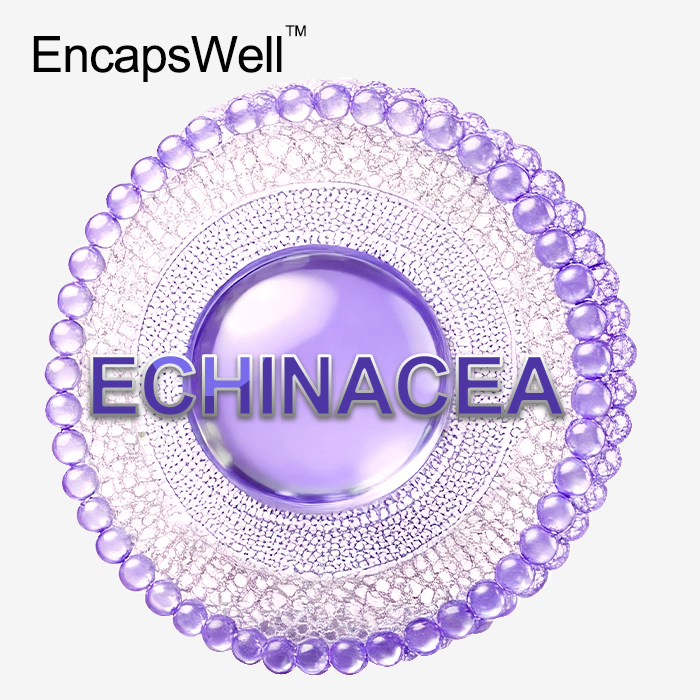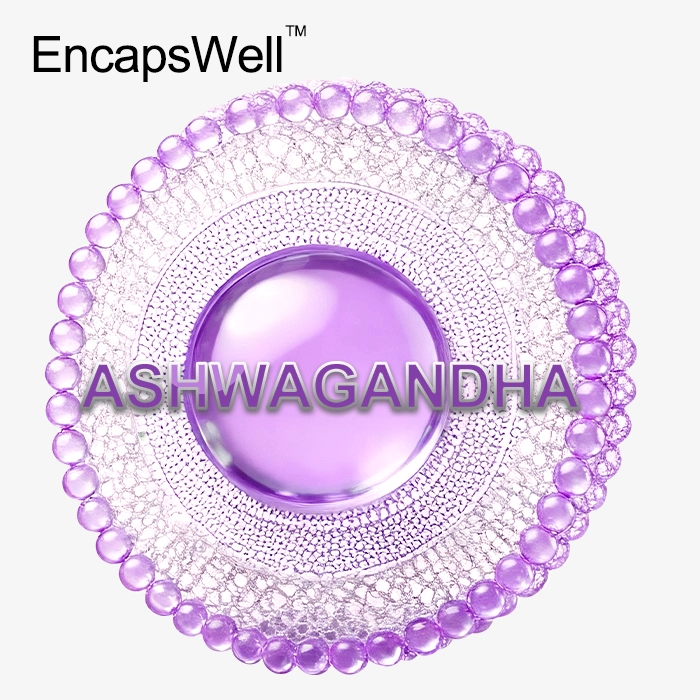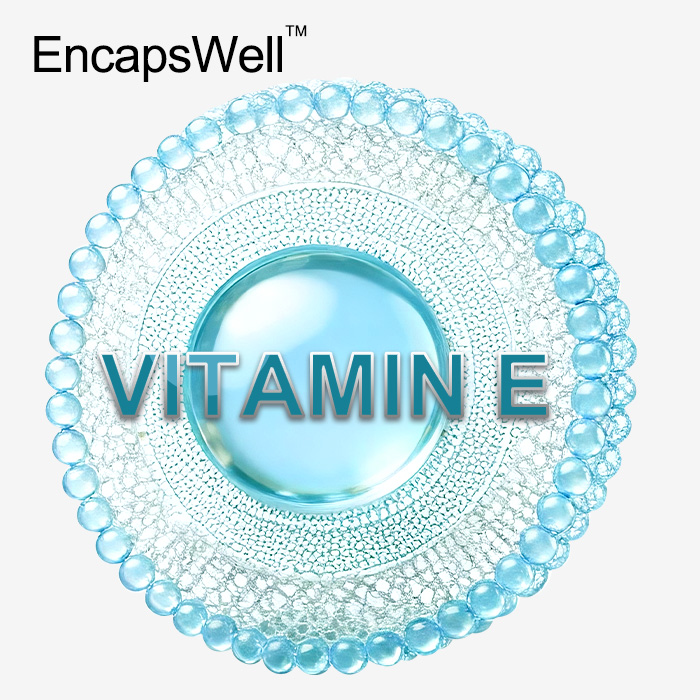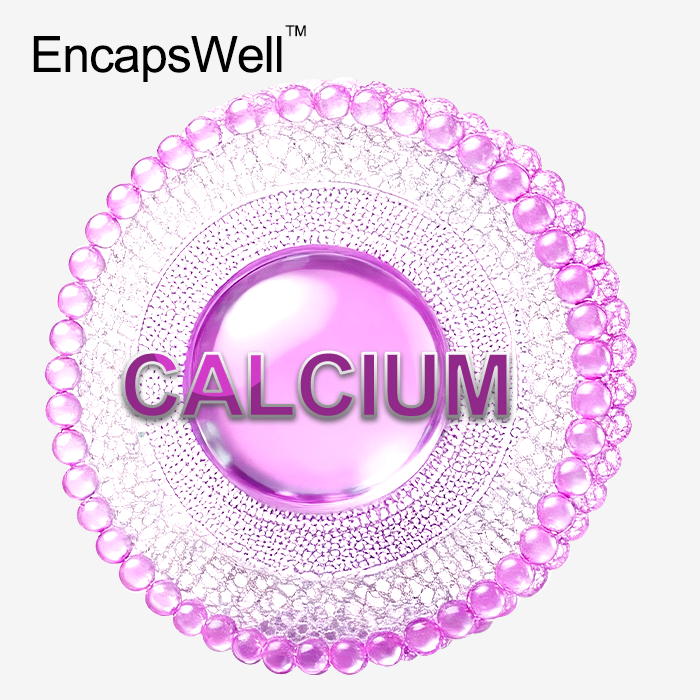- English
- French
- German
- Portuguese
- Spanish
- Russian
- Japanese
- Korean
- Arabic
- Greek
- German
- Turkish
- Italian
- Danish
- Romanian
- Indonesian
- Czech
- Afrikaans
- Swedish
- Polish
- Basque
- Catalan
- Esperanto
- Hindi
- Lao
- Albanian
- Amharic
- Armenian
- Azerbaijani
- Belarusian
- Bengali
- Bosnian
- Bulgarian
- Cebuano
- Chichewa
- Corsican
- Croatian
- Dutch
- Estonian
- Filipino
- Finnish
- Frisian
- Galician
- Georgian
- Gujarati
- Haitian
- Hausa
- Hawaiian
- Hebrew
- Hmong
- Hungarian
- Icelandic
- Igbo
- Javanese
- Kannada
- Kazakh
- Khmer
- Kurdish
- Kyrgyz
- Latin
- Latvian
- Lithuanian
- Luxembou..
- Macedonian
- Malagasy
- Malay
- Malayalam
- Maltese
- Maori
- Marathi
- Mongolian
- Burmese
- Nepali
- Norwegian
- Pashto
- Persian
- Punjabi
- Serbian
- Sesotho
- Sinhala
- Slovak
- Slovenian
- Somali
- Samoan
- Scots Gaelic
- Shona
- Sindhi
- Sundanese
- Swahili
- Tajik
- Tamil
- Telugu
- Thai
- Ukrainian
- Urdu
- Uzbek
- Vietnamese
- Welsh
- Xhosa
- Yiddish
- Yoruba
- Zulu
Understanding the Science Behind Liposomal CoQ10 Absorption
Coenzyme Q10 absorption remains a significant challenge in nutritional science due to its lipophilic nature and large molecular structure. Liposomal CoQ10 powder represents a breakthrough delivery system that encapsulates this vital nutrient within phospholipid vesicles, mimicking the body's natural cell membranes. This encapsulation technology dramatically enhances intestinal uptake by protecting CoQ10 molecules from digestive degradation while facilitating seamless transport across enterocyte barriers. Unlike conventional crystalline forms that exhibit poor water solubility and limited bioavailability, liposomal coenzyme Q10 achieves significantly higher plasma concentrations, making it the preferred choice for cardiovascular support, mitochondrial energy production, and cellular antioxidant defense.
Why Traditional CoQ10 Struggles with Absorption?
The Lipophilic Barrier Challenge
CoQ10 belongs to a class of fat-soluble compounds that exhibit extremely low aqueous solubility. The human gastrointestinal tract operates predominantly in an aqueous environment, creating an immediate incompatibility. When you consume standard CoQ10 supplements, these crystalline particles cannot dissolve effectively in digestive fluids. The lipophilic characteristic - while essential for CoQ10's function within mitochondrial membranes - becomes a liability during the absorption phase. This hydrophobic nature prevents direct interaction with the water-based intestinal lining, limiting how much of the ingested nutrient actually enters your bloodstream.
Molecular Size and Intestinal Limitations
Beyond solubility issues, CoQ10's substantial molecular weight (863.34 g/mol) poses additional absorption hurdles. The intestinal epithelium features tight junctions and selective transport mechanisms designed to regulate nutrient passage. Large, poorly soluble molecules like conventional CoQ10 struggle to navigate these biological gatekeepers. Passive diffusion - the primary route for many nutrients - becomes inefficient when molecules exceed certain size thresholds and lack proper solubilization. Clinical studies demonstrate that unmodified CoQ10 formulations often achieve bioavailability rates below 10%, meaning the vast majority of what you consume gets excreted without providing benefit.
Crystalline Form Dissolution Issues
Manufacturing processes typically produce CoQ10 in crystalline structures, which exhibit remarkably stable intermolecular bonds. While stability during storage is desirable, these same crystalline lattices resist breakdown in the digestive tract. The dissolution rate becomes the rate-limiting step in absorption. Even when combined with dietary fats to improve solubility, crystalline CoQ10 requires extensive emulsification by bile salts - a process that varies significantly among individuals based on digestive health, meal composition, and bile production capacity. This variability results in unpredictable therapeutic outcomes and suboptimal efficacy.
The Liposomal Encapsulation Advantage
Phospholipid Bilayer Mechanics
Liposomal CoQ10 powder leverages phospholipids - the same building blocks that compose cellular membranes - to create spherical vesicles that encase CoQ10 molecules. These liposomes feature a bilayer structure with hydrophilic (water-loving) heads oriented outward and hydrophobic (fat-loving) tails facing inward. This architecture perfectly accommodates CoQ10 within the lipid core while presenting a water-compatible exterior surface. The genius of this design lies in its biomimetic nature: intestinal cells recognize phospholipid structures as compatible with their own membranes, facilitating multiple absorption pathways including direct membrane fusion, endocytosis, and facilitated transport.
The phospholipid composition itself matters tremendously. High-quality liposomal coenzyme Q10 formulations utilize phosphatidylcholine derived from non-GMO sources, creating liposomes with optimal size ranges (typically 50-200 nanometers). This nano-scale engineering ensures stability during storage while maintaining functionality upon ingestion. The phospholipid envelope also shields CoQ10 from oxidative degradation and enzymatic breakdown within the harsh gastric environment.
Enhanced Plasma Bioavailability
Comparative pharmacokinetic studies reveal remarkable differences between conventional and liposomal delivery. When administered at equivalent doses, liposomal CoQ10 consistently achieves 2-4 times higher peak plasma concentrations compared to standard formulations. More importantly, the area under the curve (AUC) - representing total bioavailable nutrient over time - shows even greater improvements, often exceeding 400% of conventional forms.
This enhanced bioavailability translates directly to therapeutic efficacy. The elevated plasma levels enable more efficient tissue distribution, particularly to metabolically active organs like the heart, liver, and brain where CoQ10 concentrations naturally decline with age. Research indicates that liposomal delivery maintains therapeutic plasma levels for extended periods, reducing dosing frequency requirements while improving patient compliance.
Ubiquinone Versus Ubiquinol Forms
CoQ10 exists in two primary redox states: ubiquinone (oxidized form) and ubiquinol (reduced form). Both possess biological activity, though ubiquinol is often marketed as superior due to its ready-to-use antioxidant status. However, the body efficiently converts between these forms based on cellular needs. What truly matters is absorption efficiency.
Liposomal encapsulation benefits both forms, though the technology particularly advantages ubiquinone, which is inherently less stable when unprotected. The phospholipid shield prevents premature oxidation, essentially delivering ubiquinone in pristine condition where cellular enzymes can convert it as needed. Some advanced formulations incorporate both forms within liposomal carriers, potentially offering complementary benefits. The choice between ubiquinone and ubiquinol becomes less critical when both are delivered via superior liposomal technology that ensures optimal uptake regardless of initial form.
Practical Applications and Formulation Innovations
Stability and Oxidation Protection
CoQ10's vulnerability to light, heat, and oxygen poses significant challenges for supplement manufacturers. Unprotected CoQ10 degrades rapidly when exposed to environmental stressors, losing potency before reaching consumers. Liposomal encapsulation provides robust protection through multiple mechanisms. The phospholipid bilayer acts as a physical barrier against reactive oxygen species, while the sealed vesicle structure prevents moisture ingress that could catalyze degradation reactions.
Liposomal CoQ10 powder formulations demonstrate exceptional shelf stability, maintaining potency for 24 months or longer under appropriate storage conditions. This stability advantage extends beyond the bottle - liposomal carriers protect their cargo throughout the digestive journey, ensuring that what survives manufacturing and storage also survives digestion to reach target tissues intact. The antioxidant properties of phospholipids themselves contribute additional protective effects, creating a synergistic preservation system.
Versatile Delivery Systems
The technological flexibility of liposomal platforms enables diverse product applications that traditional CoQ10 formulations cannot support. Powder formulations offer convenience for beverage manufacturers seeking to create functional drinks targeting energy and cardiovascular health. When properly engineered, liposomal CoQ10 powder disperses readily in aqueous solutions, creating stable suspensions without the separation issues plaguing conventional emulsions.
Liquid formats provide immediate convenience for consumers preferring ready-to-drink solutions, while maintaining the bioavailability advantages of liposomal encapsulation. Softgel applications combine the familiar delivery format consumers trust with enhanced absorption technology. This versatility empowers brand developers to match delivery formats with target demographics and use occasions - whether that's athletes seeking pre-workout energy support, aging adults addressing cardiovascular concerns, or beauty-conscious consumers pursuing skin health benefits.
Synergistic Nutrient Combinations
The liposomal platform extends beyond single-nutrient delivery, enabling sophisticated multi-ingredient formulations that would be impossible with conventional technologies. Combining liposomal coenzyme Q10 with complementary nutrients like PQQ (pyrroloquinoline quinone) creates powerful mitochondrial support formulas that address energy production from multiple biochemical angles.
L-Carnitine partnerships enhance fatty acid transport into mitochondria where CoQ10 supports the electron transport chain, creating metabolic synergy. Vitamin E combinations offer dual antioxidant protection, with each nutrient regenerating the other in a continuous protective cycle. These combination formulations leverage the same phospholipid vesicles to co-deliver multiple actives, ensuring synchronized absorption and tissue distribution. The result is comprehensive support that exceeds what isolated nutrients could achieve independently.

Conclusion
The science behind liposomal coenzyme Q10 absorption represents a significant advancement in nutritional delivery technology. By addressing the fundamental challenges of lipophilicity, molecular size, and crystalline dissolution through biomimetic phospholipid encapsulation, this approach transforms a poorly absorbed nutrient into a highly bioavailable therapeutic agent. The phospholipid bilayer structure facilitates multiple absorption pathways, protects against degradation, and enables versatile formulation possibilities. Whether delivered as powders, liquids, or softgels, liposomal technology consistently demonstrates superior plasma concentrations and extended bioavailability compared to conventional forms, translating scientific innovation into measurable health benefits for cardiovascular function, mitochondrial energy, and antioxidant defense.
FAQs
How much more effective is liposomal CoQ10 compared to regular supplements?
Clinical studies demonstrate that liposomal CoQ10 achieves 2-4 times higher plasma concentrations than conventional crystalline forms, with total bioavailability improvements often exceeding 400%. This translates to requiring lower doses to achieve therapeutic effects.
Can I mix liposomal CoQ10 powder in any beverage?
Liposomal CoQ10 powder disperses effectively in water-based beverages, though pH extremes and certain ingredients may affect stability. Neutral to slightly acidic beverages work optimally.
Does liposomal delivery work equally well for ubiquinone and ubiquinol?
Both forms benefit substantially from liposomal encapsulation. The technology particularly advantages ubiquinone by preventing oxidative degradation, while ubiquinol gains enhanced stability and absorption. The body converts between forms as needed.
Partner with a Leading Liposomal CoQ10 Manufacturer | EmerWell
As a specialized liposomal CoQ10 supplier and manufacturer, EmerWell transforms cutting-edge absorption science into commercial reality through our proprietary EncapsWell™ platform. Our PhD-led R&D team and cGMP-certified factory deliver customized liposomal CoQ10 powder formulations optimized for your brand's specific needs - from functional beverages to beauty-from-within supplements. We provide comprehensive OEM/ODM services supporting seamless scaling from pilot development through full commercial production, ensuring superior bioavailability and stability in every batch. Contact our technical team at info@emerwell-bio.com to discuss your liposomal coenzyme Q10 product development goals.
References
Bhagavan HN, Chopra RK. Coenzyme Q10: absorption, tissue uptake, metabolism and pharmacokinetics. Free Radical Research. 2006;40(5):445-453.
López-Lluch G, Del Pozo-Cruz J, Sánchez-Cuesta A, Cortés-Rodríguez AB, Navas P. Bioavailability of coenzyme Q10 supplements depends on carrier lipids and solubilization. Nutrition. 2019;57:133-140.
Žmitek K, Pogačnik T, Mervic L, Žmitek J, Pravst I. The effect of dietary intake of coenzyme Q10 on skin parameters and condition: Results of a randomised, placebo-controlled, double-blind study. BioFactors. 2017;43(1):132-140.
Hosoe K, Kitano M, Kishida H, Kubo H, Fujii K, Kitahara M. Study on safety and bioavailability of ubiquinol (Kaneka QH™) after single and 4-week multiple oral administration to healthy volunteers. Regulatory Toxicology and Pharmacology. 2007;47(1):19-28.
Mantle D, Hargreaves IP. Coenzyme Q10 and degenerative disorders affecting longevity: an overview. Antioxidants. 2019;8(2):44.
Langsjoen PH, Langsjoen AM. Supplemental ubiquinol in patients with advanced congestive heart failure. BioFactors. 2008;32(1-4):119-128.
Have a project in mind? Tell us your goals — we’ll help you make it real.








